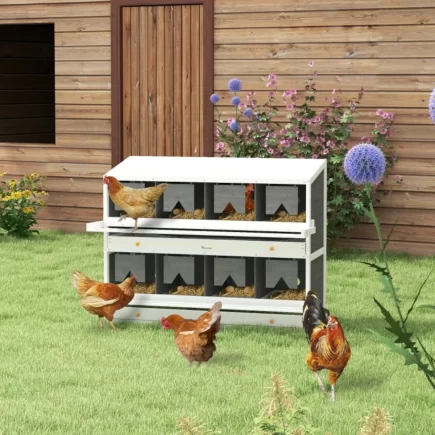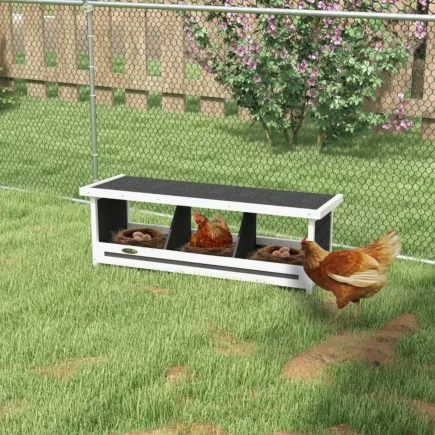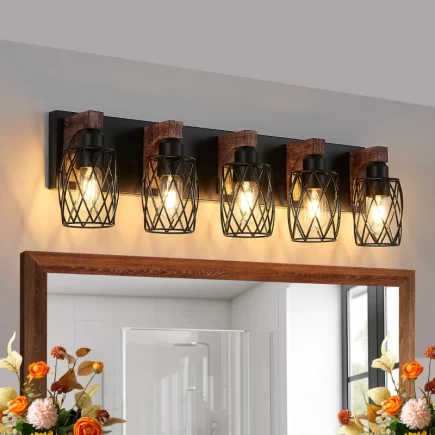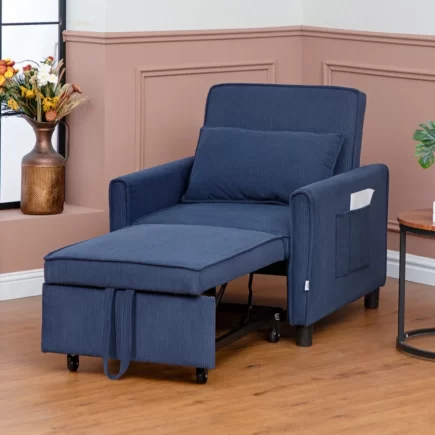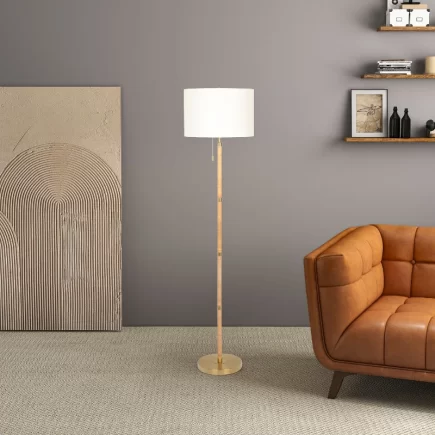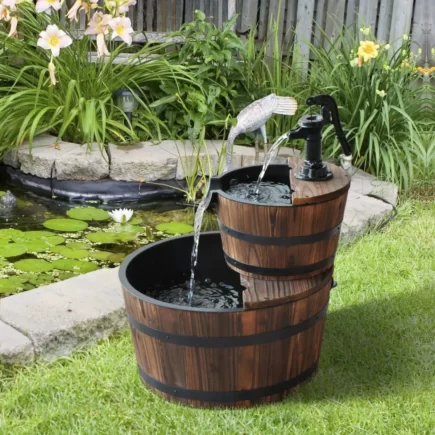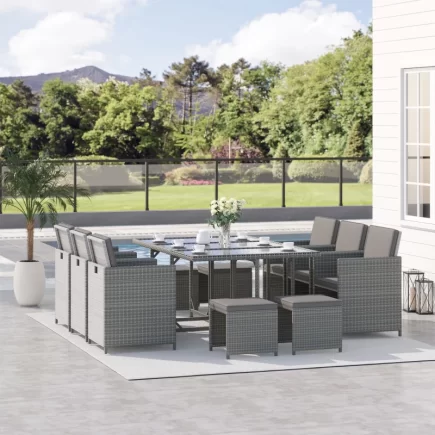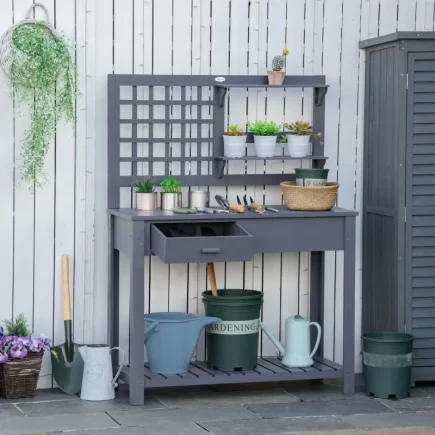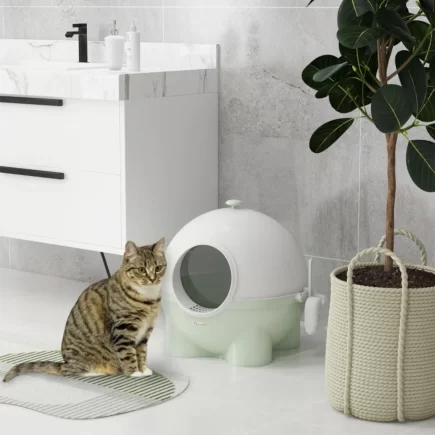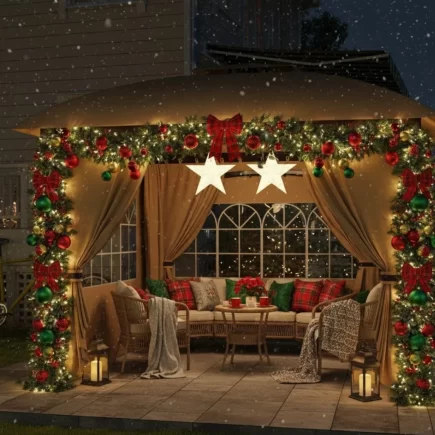Outdoor rugs are the perfect way to add style, color, and comfort to your outdoor living spaces. However, finding a rug that fits both your aesthetic preferences and your budget can sometimes be a challenge. Here’s where painting your own outdoor rug comes in. This creative DIY project not only allows you to customize your rug to match your outdoor decor but also offers several practical benefits, including durability and weather resistance.

Outdoor spaces often go through seasonal updates, and painting your rug is an excellent way to match those changes. Whether you’re updating your space for the fall or adding a bright splash of color for summer, a painted rug offers the flexibility to refresh your outdoor area with minimal effort and expense.
Materials and Tools You’ll Need
Before you dive into painting your outdoor rug, you’ll need to gather some materials and tools to ensure the process is smooth and the results are long-lasting. Here’s a breakdown of what you’ll need:
Paint Types
- Exterior Acrylic Paint: This is the most commonly recommended paint for outdoor rugs because it’s weather-resistant, dries quickly, and offers vibrant colors.
- Fabric Paint: Designed specifically for textiles, fabric paint is flexible and less prone to cracking or peeling.
- Spray Paint: Spray paint is ideal for achieving a smooth, even coat without brush strokes.
Brushes, Stencils, and Tools

- Paint Brushes
- Stencils
- Painter’s Tape
- Drop Cloths
- Gloves
Optional Tools for Better Results
- Sealants: After the rug is painted, applying a sealant helps protect it from dirt, moisture, and wear.
- Sprayers: If you’re painting a large rug and want to save time, consider using a paint sprayer.
Choosing the Right Outdoor Rug Base
When painting your rug, choosing the right base material is crucial for achieving good results and ensuring longevity. Not all rug materials are suitable for painting, so it’s important to understand which types are the best candidates.
Best Rug Materials for Painting
- Polypropylene: This is one of the most popular materials for outdoor rugs because it’s durable, easy to clean, and resistant to mildew. Polypropylene rugs hold paint well and dry quickly, making them a great option for DIY painting projects.

- Flatweave Rugs: Flatweave rugs, often made from synthetic fibers, are ideal for painting because of their tight weave and smooth texture. The paint adheres well to these rugs, ensuring even coverage.
- Plush or High-Pile Rugs: Rugs with thick, plush fibers (like shag rugs) can be more difficult to paint. The paint may not absorb evenly, and you might end up with a blotchy or inconsistent result.
- Natural Fiber Rugs: Rugs made from natural fibers like wool, cotton, or jute can be challenging to paint. The fibers may not hold the paint as well, and the rug might become stiff after the paint dries. If you want to paint a natural fiber rug, it’s essential to use fabric paint that is specifically designed for these materials.
Reusing Old or Faded Rugs for a Budget-Friendly Project
An excellent way to save money and make your outdoor rug project even more cost-effective is by reusing old rugs. If you have an outdoor rug that’s looking a little worn or faded, don’t toss it out! With a bit of cleaning and a fresh coat of paint, you can breathe new life into it and transform it into something beautiful.
How to Prepare the Rug for Painting
Proper preparation is key to achieving the best results when painting an outdoor rug. If you skip the preparation steps, you might end up with uneven coverage or paint that doesn’t adhere properly.
Cleaning and Drying Your Rug Thoroughly
Start by giving your rug a thorough cleaning. Sweep away dirt and debris, and then wash it using a mild detergent. Be sure to rinse the rug thoroughly to remove all soap residue. If the rug is washable, you can even toss it in the washing machine. After cleaning, allow the rug to dry completely before you begin painting.

Setting Up Your Workspace
Choose a well-ventilated area to work in, preferably outdoors or in a garage with good airflow. Lay down a drop cloth to protect your surfaces from paint splatters. Secure the rug to the ground with painter’s tape or weights to prevent it from moving while you paint.
Design Planning and Customization
One of the best parts of painting your own outdoor rug is the ability to design it however you want. Whether you’re aiming for a bold geometric design or a more subtle pattern, planning is essential to ensure the final result looks polished and cohesive.
How to Sketch a Design or Use Painter’s Tape for Clean Lines
Start by sketching your design on paper before transferring it to the rug. This helps you visualize the finished product and make any adjustments before you start painting. You can use painter’s tape to create clean lines and geometric shapes or freehand designs for a more personalized touch.
DIY Stencil Techniques and Layout Tips
Stenciling is a great way to add intricate designs to your rug without having to paint every detail. You can either purchase stencils or make your own using cardboard or plastic sheets. When stenciling, be sure to press down the edges of the stencil to prevent paint from bleeding under.
Color Selection: Matching Outdoor Furniture or Seasonal Themes
Consider the colors of your outdoor furniture and other decor when selecting paint for your rug. You can match the rug to existing furniture for a cohesive look or use complementary colors to create a bold contrast. Seasonal themes, such as bright blues for summer or deep oranges for fall, can also help set the tone for your outdoor space.
Step-by-Step Guide: How to Paint an Outdoor Rug
Once you’ve chosen your materials, designed your rug, and prepared your workspace, it’s time to dive into the painting process. Follow these steps to achieve a professional-looking result.
Taping or Stenciling Your Pattern
- Secure the rug: Start by laying your rug flat on your work surface and securing it with painter’s tape or weights. This will prevent it from moving while you paint.
- Apply painter’s tape: If you’re using painter’s tape to create clean lines, carefully measure and tape off your design areas. For geometric patterns, use a ruler to ensure straight lines.
- Create stencils: If you’re using stencils, secure them to the rug with tape or adhesive to keep them in place. Be sure the stencil is centered and aligned with your desired design.

Applying the Paint: Rolling, Brushing, Layering
- Choose your painting method:
- Brush: For detailed areas or smaller sections, use a brush to apply the paint. Make sure the brush is loaded with enough paint, but not too much to avoid drips.
- Roller: For large areas, a foam roller will help you apply an even coat without leaving brush strokes.
- Spray: If you’re using spray paint, keep the can about 6-12 inches away from the surface and spray in even, sweeping motions.
- Apply multiple layers: Once you’ve applied the first layer, let it dry completely before adding a second coat. You may need 2-3 coats depending on the paint color and the type of rug you’re working with.
Tips for Even Coats and Paint Application on Textured Rugs
If your rug has a textured surface (such as a flatweave rug), use a roller for an even application. Be careful to work the paint into the fibers to avoid any patchy areas. For rugs with a more intricate texture, a brush might be necessary for getting into all the crevices.
Drying and Curing Time: What to Expect
Patience is key when painting an outdoor rug. The drying and curing process ensures the paint adheres properly and is durable enough to withstand outdoor conditions.
How Long to Let Each Coat Dry
Each coat of paint typically takes around 1-2 hours to dry to the touch, but it’s essential to allow each layer to dry completely before applying the next. Follow the manufacturer’s recommendations on the paint can, as drying times can vary depending on the type of paint and environmental conditions.
Full Cure Time Before Placing Outdoors or Using the Rug
While the rug may feel dry after a few hours, it can take up to 24-48 hours for the paint to fully cure. During this time, avoid stepping on or rolling the rug. To ensure the paint is fully set, allow the rug to cure in a dry, well-ventilated area.
Weather Considerations
If you’re painting your rug outdoors, keep in mind that weather conditions can affect the drying and curing process. Dry, warm days are ideal for painting, while high humidity or rain can extend drying times. Be sure to paint on a calm day and allow plenty of time for the rug to dry in a temperature-controlled environment.
Fixing Mistakes and Troubleshooting
Mistakes can happen during the painting process, but don’t worry, there are easy ways to fix common issues.

Common Issues Like Paint Bleeding, Uneven Lines, or Smudging
- Bleeding paint: If you notice paint bleeding under your painter’s tape, it’s usually because the tape wasn’t sealed tightly. You can fix this by using a small brush to touch up the lines after the paint has dried. To avoid this, burnish the tape down with a credit card before painting.
- Uneven lines: If your lines aren’t as crisp as you’d like, use a touch-up brush to fix the edges. Carefully outline any imperfections with a fine-tipped brush to sharpen the lines.
- Smudging: If the paint smudges before it has fully dried, allow it to dry completely before attempting any touch-ups. Once dry, you can cover up any smudges by applying an additional layer of paint.
Quick Fixes Without Starting Over
For small mistakes, it’s usually enough to wait for the paint to dry, then touch up the areas using a small brush or roller. If the entire pattern is off or ruined, you may need to repaint the affected areas.
Sealing and Protecting Your Painted Rug
To ensure your painted rug lasts and holds up to the elements, applying a sealant is an essential step.
Recommended Sealants for Outdoor Rugs
Look for a sealant that is UV-resistant, waterproof, and designed for use with outdoor fabrics. Polyurethane or acrylic-based sealants are excellent choices as they provide a protective layer that shields the paint from fading, moisture, and dirt.
How to Apply Topcoats for Added Weatherproofing
After your rug is completely dry and cured, apply a thin layer of sealant over the entire painted surface. Use a spray sealant for a smooth finish or a brush-on version for more control. Be sure to follow the manufacturer’s instructions on application and drying times.
When to Seal and How Often to Reapply
Sealants can wear off over time due to exposure to the sun and elements, so it’s essential to reapply the sealant every 1-2 years to maintain the rug’s protection. Be sure to check the condition of your rug each season and reapply if necessary.
Creative Design Ideas and Inspiration
The design possibilities for your painted outdoor rug are endless. Here are a few ideas to inspire you:

Geometric Designs
Bold geometric patterns, like chevrons, triangles, or diamonds, can add a modern touch to your outdoor space.
Boho or Vintage Styles
If you love boho-chic or vintage-inspired designs, consider painting your rug with mandalas, floral motifs, or intricate lace patterns.
Seasonal or Holiday Themes
Change up the design with the seasons, think bright, tropical patterns for summer or cozy plaid designs for fall. Painted outdoor rugs can also be customized for holidays like Christmas, Halloween, or the Fourth of July.
Personalizing Your Rug
Add your own personal touch with custom designs, like your family name, a favorite quote, or an image that reflects your outdoor space.
Resources for Free Stencil Downloads or Patterns
If you’re looking for free design inspiration, many websites offer free stencil patterns that you can print and use for your project. Websites like Pinterest, Etsy, and stencil libraries can provide endless creative possibilities.
Enjoying Your Personalized Outdoor Rug
Painting your own outdoor rug is a rewarding and fun DIY project that can completely transform your outdoor space. Not only does it allow you to personalize your space, but it also gives you the flexibility to update your outdoor decor seasonally without the high costs of replacing rugs. Whether you go for a bold, geometric design or a simple, understated pattern, your painted rug will bring a unique and personal touch to your patio, porch, or deck.
For more rug options, styles, and ideas, check out Aosom’s Outdoor Rugs collection and start planning your next DIY masterpiece!
FAQs
1. Can I use regular paint for outdoor rugs?
No, it’s best to use outdoor fabric paint or outdoor-rated acrylic paint, as regular paint may not withstand the elements. Outdoor paints are specifically designed to handle weather exposure and last longer.
2. How can I make sure the paint doesn’t fade quickly?
To prevent fading, use UV-resistant outdoor fabric paint and apply a protective sealer over the painted rug. Additionally, consider keeping the rug out of direct sunlight for extended periods when possible.
3. How do I clean my painted outdoor rug without damaging the design?
Gently wash the rug with mild soap and water using a soft brush or cloth. Avoid scrubbing harshly or using abrasive cleaners that could fade or lift the paint. Let it air dry completely.
4. How do I fix mistakes or smudges on a painted rug?
If you make a mistake, wait for the paint to dry, then carefully touch up the area with a small brush. If needed, you can lightly sand the mistake before repainting the section.
5. Can I paint a rug that’s already been used outdoors?
Yes, as long as the rug is clean and dry. Make sure to remove any dirt, dust, or stains before beginning the painting process to ensure the paint adheres properly to the fabric.

